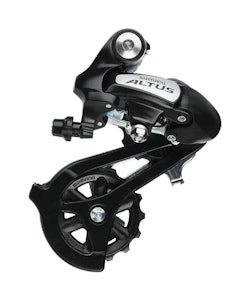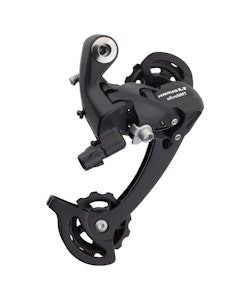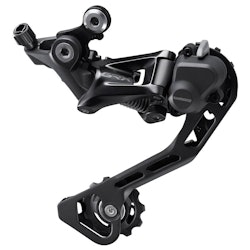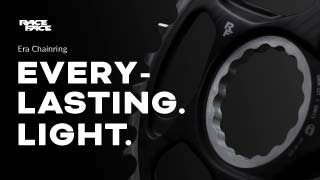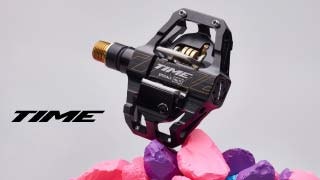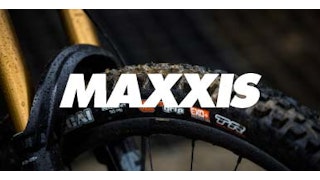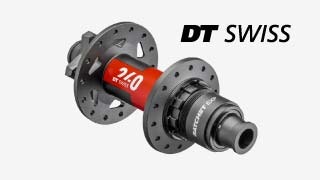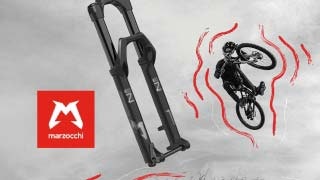Mountain Rear Derailleurs
Most mountain rear derailleurs share the same basic design, with two pivots (upper and lower) plus a cage and two pulleys for the chain to run through. The derailleur is bolted to the frame via a derailleur hanger. When you shift gears, it moves the chain up or down the rear sprockets. The shifter, usually positioned on the right side of the handlebars, either pulls a cable that moves the derailleur (on mechanical drivetrains) or, in the case of electronic drivetrains, communicates with the derailleur electronically.
Mountain rear derailleurs are designed to be more rugged than their road riding counterparts to withstand the wear and tear that goes with riding off-road. Their general look and design hasn’t changed much since the early days of the sport, but the internal workings have come a long way in recent years. While they still perform the same basic function that all rear derailleurs have for decades, most modern mountain bike rear derailleurs now have a clutch mechanism.
Regular rear derailleurs that don’t have a clutch rely solely on the tension of the main pivot to keep the chain in place — not always the best solution when riding rugged terrain at high speeds. The derailleur cage can bounce up and down, causing chain slap and sometimes a thrown chain. A clutch increases the tension of the pivot and prevents the cage from bouncing. The result is quieter, more reliable drivetrain performance — especially helpful with single chainring setups that are popular today.
When shopping for a new rear derailleur, the first thing to think about is compatibility. You need to know how many gears you have on your rear cassette so you can purchase a derailleur that matches. The most common options today are 10, 11 or 12-speed. We carry a wide variety of the top models from brands like Shimano, SRAM and Microshift, so call one of our Gear Advisors at 888-880-3811 if you have any questions about finding the perfect rear derailleur for your bike and riding style.



